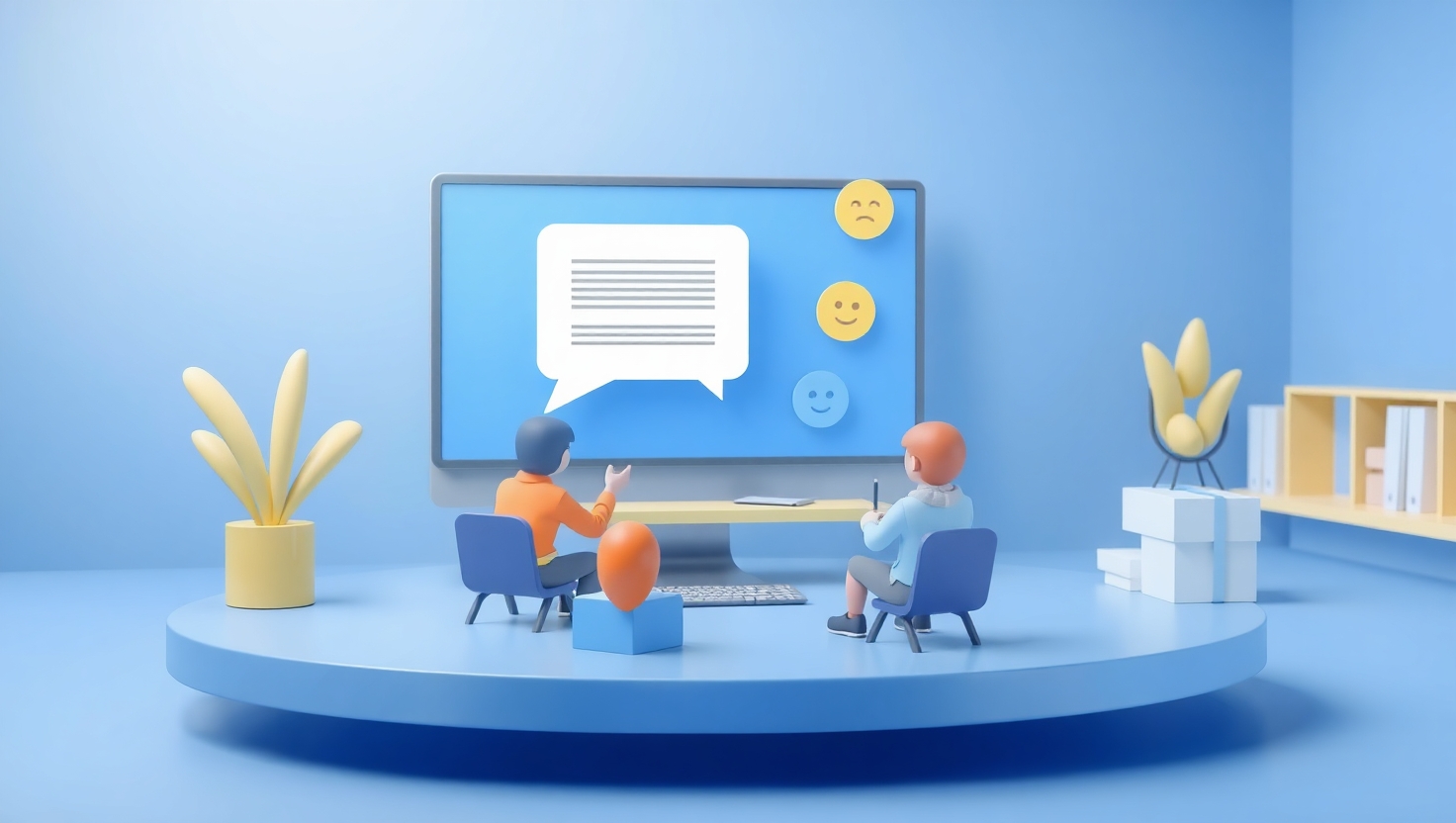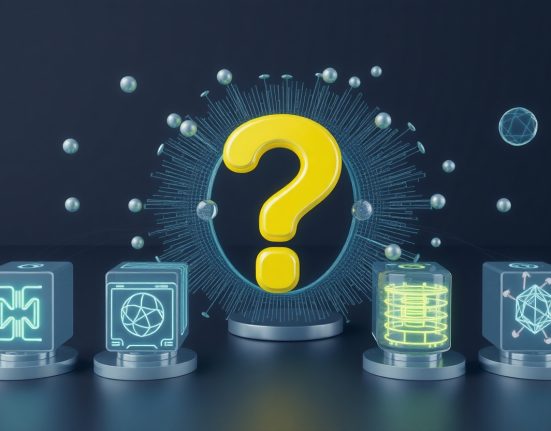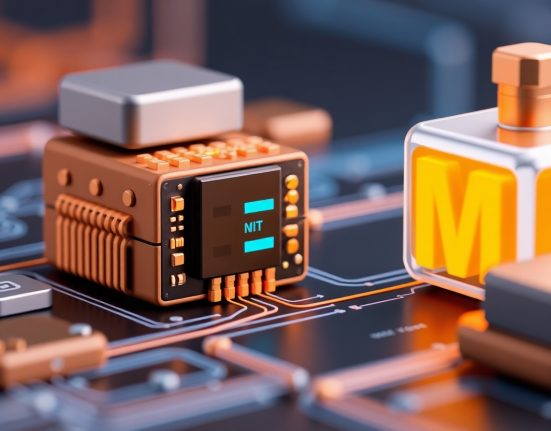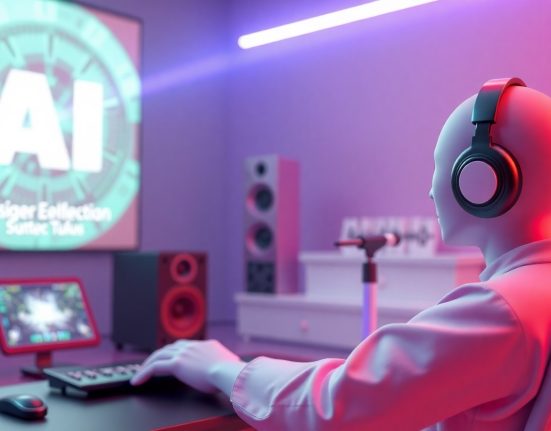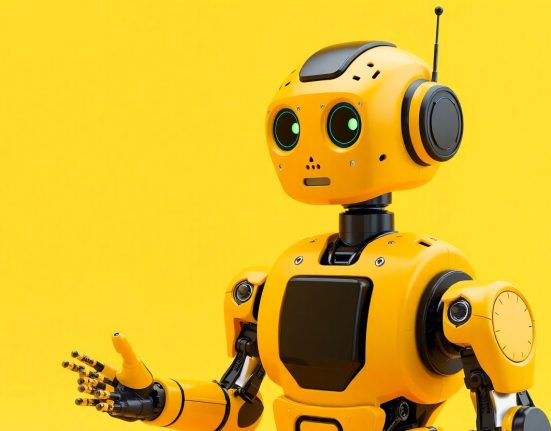In a world where technology evolves at lightning speed, ChatGPT has entered the education system like a quiet storm—unseen, but impossible to ignore. Teachers, students, and parents are all trying to figure out whether this is a revolutionary educational tool, or just a shortcut that empties learning of real depth. One thing is clear: no one can stay indifferent.
Many teachers are surprised to discover how well students already know ChatGPT—and how much they rely on it. Students use it to help with writing assignments, solving math problems, translating, crafting answers, building presentations—you name it. For them, it’s like having another student in the class, only this one is available 24/7, responds instantly, and never judges. Some teachers see real potential here: ChatGPT can help with writing, provide instant feedback, support English practice, deepen understanding, and enrich knowledge. But others are worried—what happens when students stop thinking for themselves?
On the other side, most students don’t see ChatGPT as a cheating tool. To them, it’s more like an upgraded Wikipedia—one that not only explains, but also talks to you on your level. They ask it questions, sharpen ideas, prepare for tests, or just try to understand something that the teacher didn’t explain clearly. Sure, some use it to copy answers or submit essays they didn’t write themselves—but is that so different from asking an older sibling for help, or Googling the answer?
Teachers’ reactions are mixed. Some feel threatened, especially when students are more skilled with AI than they are. Others are trying to embrace it in the classroom—asking students to use ChatGPT to answer a question and then analyze or critique the response, compare it to textbooks, or improve it. These teachers argue that it’s not an enemy, but a partner—and that it’s our responsibility to learn how to use it wisely, just like any other tool that entered the classroom in the last hundred years.
The big question is: what’s next? Will education systems learn to adapt to a world with accessible AI? Will tests, assignments, and teaching methods be redesigned to work with ChatGPT, rather than against it? And can we raise a generation that not only knows how to use smart tools, but also understands when—and why—it’s right to use them?
I find this topic fascinating. I truly believe that when used wisely, technology can turn learning into something deeper, smarter, and more personal. ChatGPT doesn’t have to be a stick that gets in the way—it can be a key that opens doors. The real challenge is teaching students—and ourselves—how to hold that key the right way.








